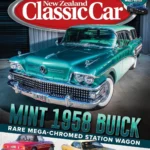Latest news and features

NZ Classic Car magazine, July August 2025 issue 400, on sale now
Good for the soul, a dose of Hemi Orange – Chrysler’s champion Charger
The Australian-developed Chrysler Charger was a game changer for the company in 1971, as it faced a faltering start introducing its new VH range. The stylish big coupe signalled a massive change of direction and emphasis for Chrysler.
Auckland racing driver Rod Coppins raced successfully in Australia and New Zealand. Rod found success behind the wheel of a couple of Chargers, and it is a special E49 R/T in the custody of Mike Todd for some years, that is our feature car.
A full restoration of this car has been completed at Auto Restorations (AR) in Christchurch. We recently sampled the car, ready to be shipped back to Mike and spoke to AR’s Harry Dawber, leading the team who completed the superb restoration of this rare piece of NZ motor racing history.
I mentioned that Chrysler Chargers were never built to this standard as we walked around the gleaming Charger in its Hemi Orange colour scheme.
“We took a lot of time getting those shut lines exactly right. It’s been a great car to work on, and the paint and trim have been very well done by the team here.”

The Great River Road
A few years ago my family, knowing my fondness for driving, gave me the book Unforgettable Road Trips: Thirty-Six Drives of a Lifetime by Martin Derrick. Most of the road trips listed take less than a day in places like Scotland, Monaco, and Australia, plus one in New Zealand. Most of these places were too far to go just for a short drive but four of them would take several days. My interest was piqued, and those four drives were added to the bucket list. To date, I have done three of them: ‘Route 66’ (USA 21 days), ‘State Highway 6’ (NZ 10 days) and ‘The Great River Road’ (USA 22 days). You can drive all of them in less time, but you could also fly over them. We wanted a decent immersion in their charms.
The great river referred to is the Mississippi. While the name conjures the deep south, the river actually starts at the bottom of the great lakes, before emptying into the Gulf of Mexico about 3800km later. The great road is more of a concept than a specific strip of tarmac, as you can drive down either side of the river on various routes. Regardless of which side you drive, time should be kept aside for detours to places such as Nashville, which is famous for something or other.
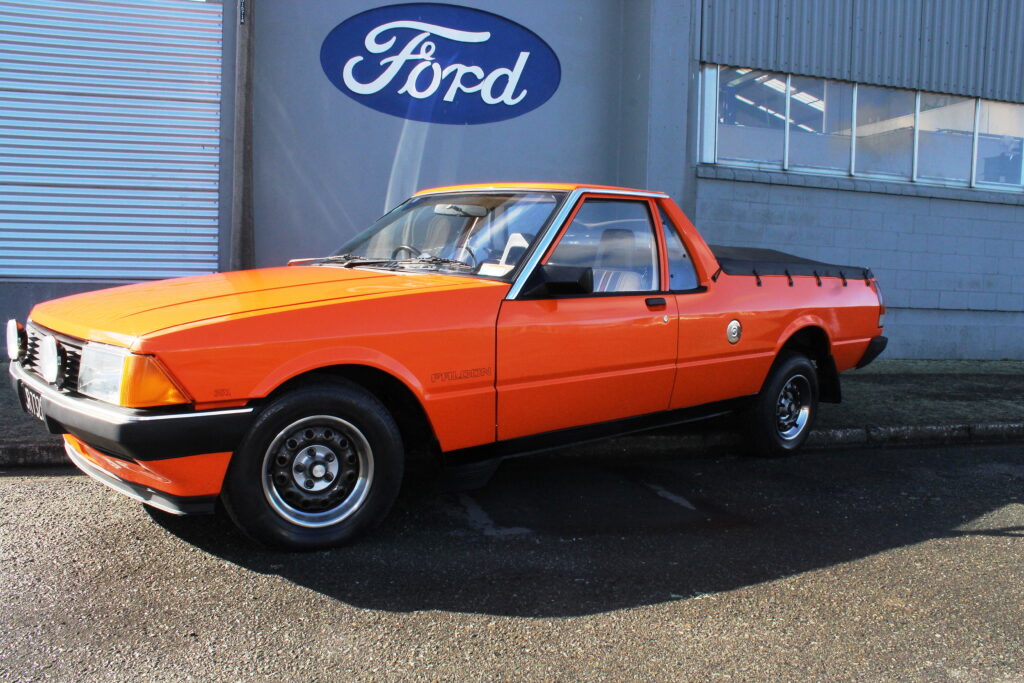
A diamond in the rough
Two years ago, Lew finished a thorough restoration and the impressive ute has taken on a new life and colour. Lew plays down the amount of effort required but, despite his protestations, I suspect he put a lot of time into the project. A few unwanted tenants were evicted along the way.
“It didn’t take me long. There had been mice living in the firewall, which had caused a bit of damage. It apparently broke down and was pushed into a shed. It was 20 years to the day when I pulled it out and it sat in my other shed for 3 years before I started on it. That’s why it’s in such good order — it’s been kept in a shed for so long and still is.”
Content categories

The originals – the Ledgerwood Collection
Thanks to Central Otago’s dry climate, it’s no surprise to find that Wanaka couple Jim and Daphne Ledgerwood are steadily developing an incredible collection of amazing coupes. ‘The Originals’ they have are as per factory new condition, and their aim is to keep them for everyone to see how it was done back in the day—pure nostalgia.
An occasional email from Jim usually reveals another gleaming addition. The collectors also have an impressive display of American pickups. It’s our gain and US enthusiasts’ loss, as car agent’s adverts proclaim, “Sorry you missed out. Gone to New Zealand!” Some of Jim and Daphne’s cars are almost part of the family, hence their nicknames.
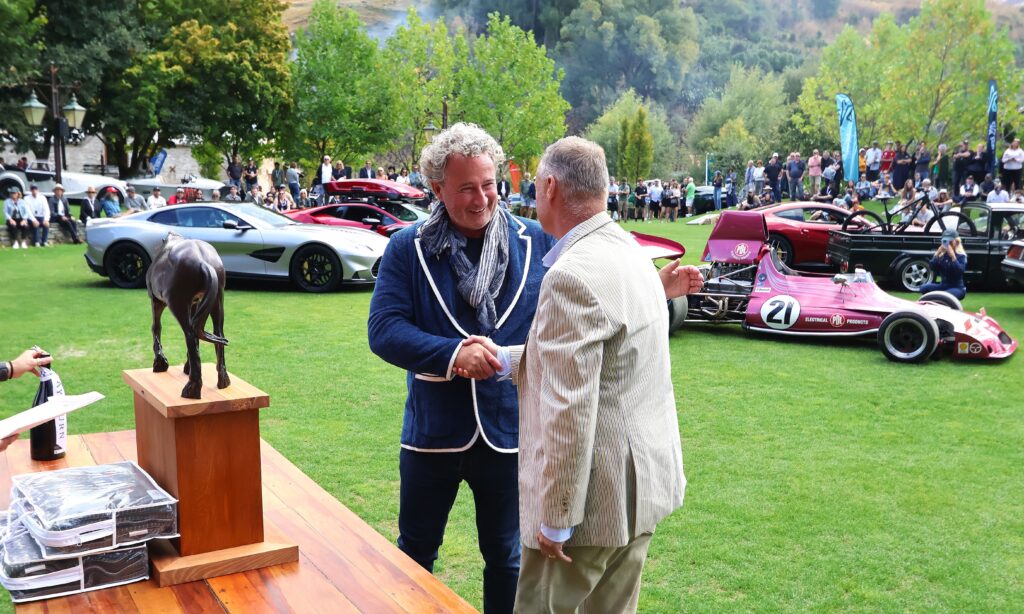
The Ayrburn Classic announces dates for 2026
Save the date: Friday 20 – Sunday 22 February 2026
That’s right. The Ayrburn Classic returns next February for what promises to be another world-class celebration, scheduled slightly earlier on the calendar to bask in Central Otago’s long golden evenings and late-summer glow. This festival will once again transform Ayrburn into a playground for car enthusiasts, food lovers, and seekers of high-end hospitality alike.
The 2025 edition set an incredibly high benchmark, and is fast becoming one of the leading reasons to visit Queenstown – amongst New Zealanders and international travellers alike. With over 250 classic and contemporary luxury vehicles on display – collectively worth more than $250 million – the festival was a visual and visceral feast for attendees.
Standouts included an $8 million LaFerrari, the latest Aston Martin Vanquish, and a fleet of dream machines from Rolls-Royce, Bentley, McLaren, and more. The event’s unique blend of elegance and accessibility attracted both seasoned collectors and casual admirers aplenty.

Ayrburn Classic Car Festival
The Ayrburn Classic Car Festival will take place on the scenic grounds of the Ayrburn Winery in Arrowtown, Queenstown Lakes District, on Friday 21 to Sunday 23 March 2025, coinciding with Otago Anniversary Weekend. Set to become New Zealand’s premier classic car event, this festival promises to be reminiscent of some of the most prestigious motoring events globally, thanks to its stunning location and world-class execution.
Chosen for its breathtaking views and lively atmosphere, Ayrburn Winery adds a unique dimension to the experience, offering visitors not just a car show but an immersive day out. A celebration of motoring heritage set against the spectacular backdrop of one of New Zealand’s finest estates, the festival will showcase the exceptional craftsmanship of New Zealand’s automotive industry.
Prestige and classic car owners are invited to participate in this inaugural event. If you own a special vehicle and wish to be part of this landmark festival, please contact the event team to secure your spot.
Content categories
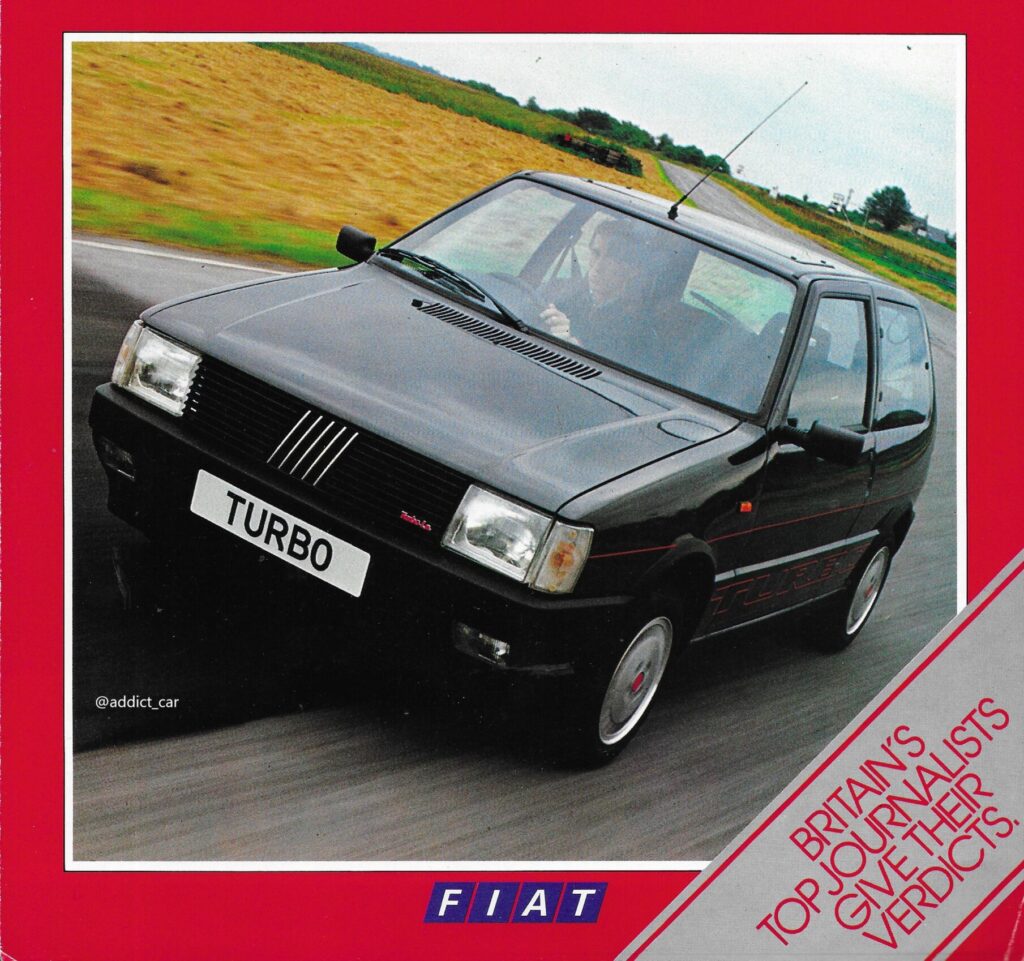
Motorman: Blame it on Rio!
Following the third polite advisory, I figured there had to be a fair degree of substance to the warning. “If this is your first visit to Rio de Janeiro, please be careful,” came the personal hushed dialogue from the pleasant hostesses on a far from crowded Varig flight from Los Angeles to the famous Brazilian seaside city.
The previous evening I had flown into LA from Auckland en route to the 1985 international launch of the Fiat Uno Turbo. I was prepared for another long haul of just under 12 hours across Mexico, central America, Colombia, and central Brazil to that nation’s third largest city. Surprisingly the 10,500km run from Los Angeles to Rio is actually longer than the 8800km LA-London air route.
With the journey including a brief stopover in Honolulu I expected to travel just under 44,000km for the return journey to sample what was to be a low-volume version of a popular Italian car that would sell in even lower numbers in New Zealand. I like to think this shows nothing more than my deep commitment to my craft. In fact, even though I became lost on the homeward journey my total air miles would be little different.
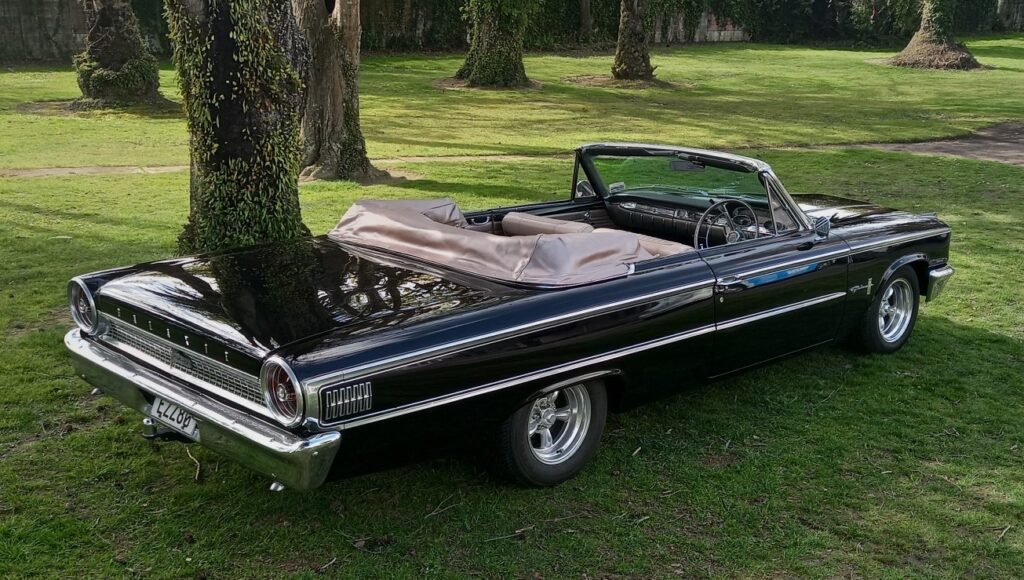
Britannia rules the roads – Royal Tour Cars – part 2
Royal rollers and fancy Fords
Ford Zodiacs had transported the Queen Mother during her tour in 1958 but five years on, their glitz had perhaps faded a bit too much for an actual monarch. As there was no longer a convertible version of Britain’s Zephyr or Zodiac on offer, Ford looked to their American arm for a replacement, finding it in the huge Ford Galaxie. The Public Service Garage purchased the car at around £3000 for royal tour work and VIP transport.

TVR Tasmin — proper wedge
Neville Wilson of Napier has been a keen member of the Vintage Car Club for most of his life. He showed me the collection of cars in his garage, including a 1937 Dodge Coupe he has owned for 25 years. Behind that was a 1929 OHC Morris Minor that has been in the family for even longer. It was considered a good buy in 1961. Now retired, Neville enjoys going for runs with other
club members, especially on balmy spring days in a car with the roof down. What could be better than doing it in an old roadster, preferably something with a bit more get up and go than the Morris, lovely though it is? Its 20bhp (15kW) 847cc engine makes it considerably faster than a single horse and cart but not much else.
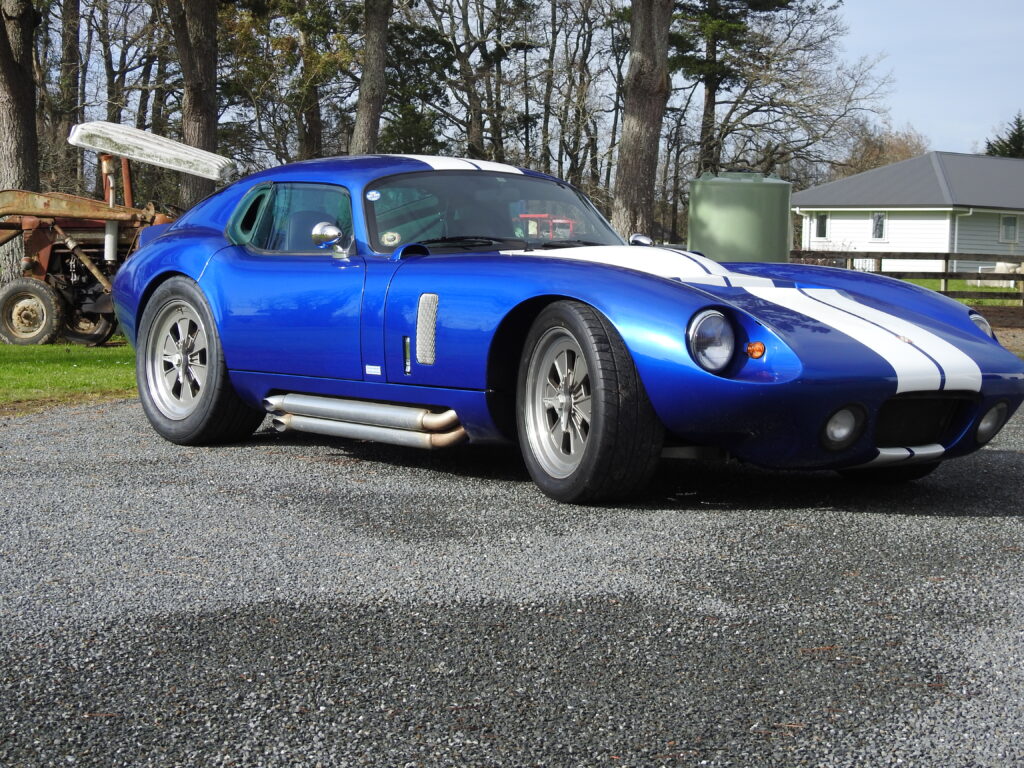
Performance art
Shelby’s targets were Superformance — a South African company that wanted to sell its versions of these cars in the US — and the US-based Factory Five. Their defence was that the name and shape of the Cobra car were abandoned when Shelby American ceased production of these particular models back in the 1960s.
Shelby countered with: “We spent millions of dollars creating the name and the car and winning the world championship. These knock-off-car guys don’t deserve the credit or the profit for what my team and Ford accomplished in the ’60s.”
Superformance painted an even bigger target on its back by also producing a version of Shelby’s Daytona coupé. Other cars in its production stable were Mk1 GT40 and 1962 Corvette Grand Sport replicas, but we’ll focus here on the Daytona.
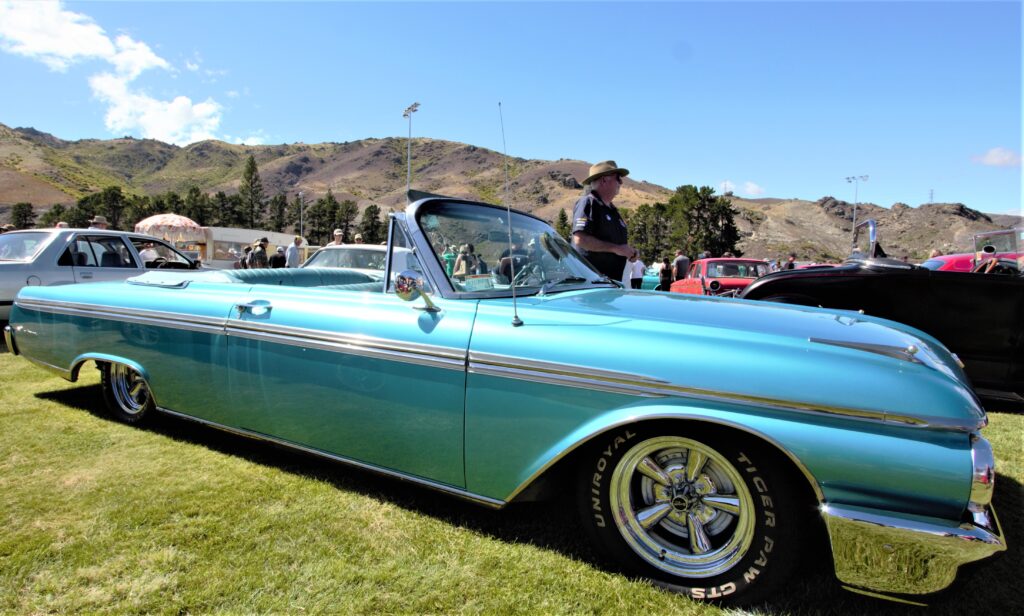
Big jump at Cromwell
Kicking off the event, the Alpine Street Machines’ Friday cruise to Bannockburn and back on the Friday was easily the biggest in the event’s history. Some 380 cars created a wondrous spectacle for unsuspecting fellow road users that day, potentially tempting some to take a closer look in Cromwell over the weekend.
Saturday’s car show, organised by the Southland Ford Falcon Club at the Alpha St reserve, drew perhaps a thousand or more gleaming examples of interesting cars and applied restoration skills. Chrome and flashing paintwork dazzled the eye in the bright Central Otago light everywhere you looked. It really looked as if everyone with a classic or a hot rod from across the island had seen the forecast for great weather and headed for Central Otago.
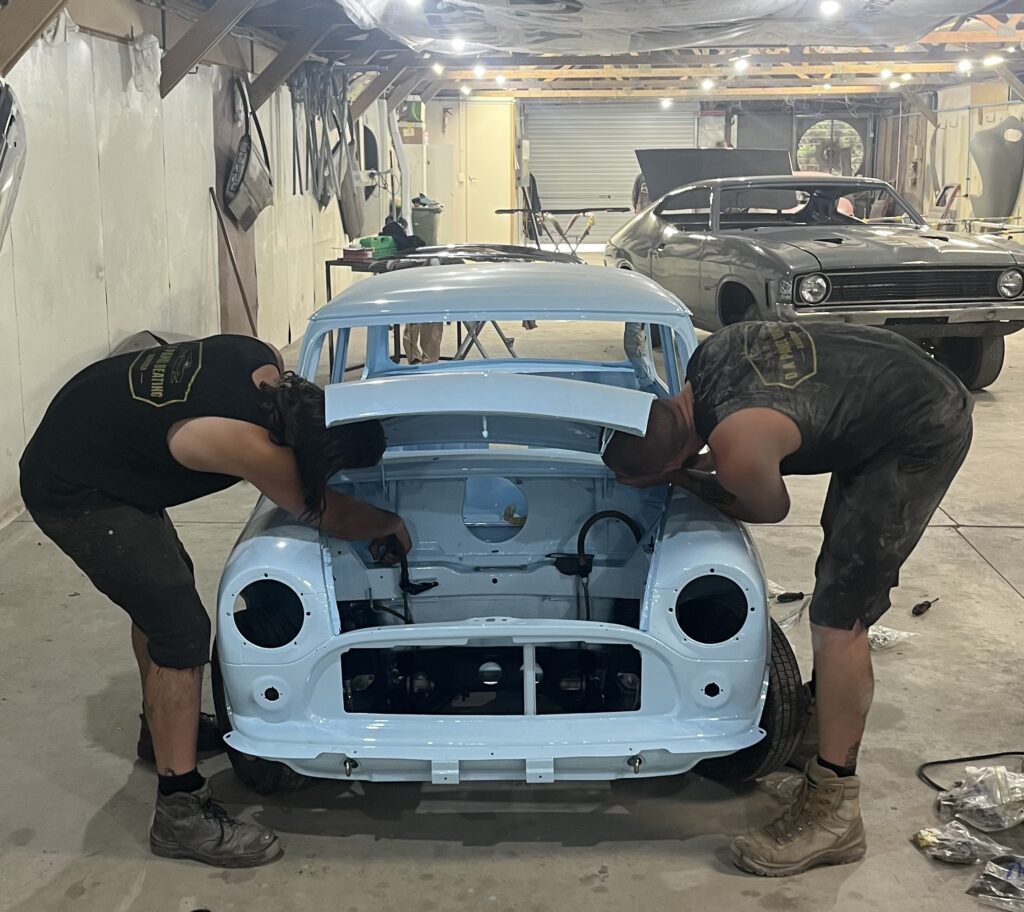
A passion for classics and customs
In the highly competitive field of New Zealand classic and custom restorations, reputations are won or lost on the ability to maintain consistently high standards of workmanship. A company managing to achieve this is D A Panel beating Ltd, of Rangiora near Christchurch. Is your classic or custom car restoration stalled, or in need of a refresh, or perhaps you are looking for experts to rebuild that recent import project out of Europe or the ‘States?

Protect your investment
Total Lube Guide gives you the good oil Choosing the right fluids for your car, and refreshing them regularly, is the best form of preventive maintenance. It makes driving more
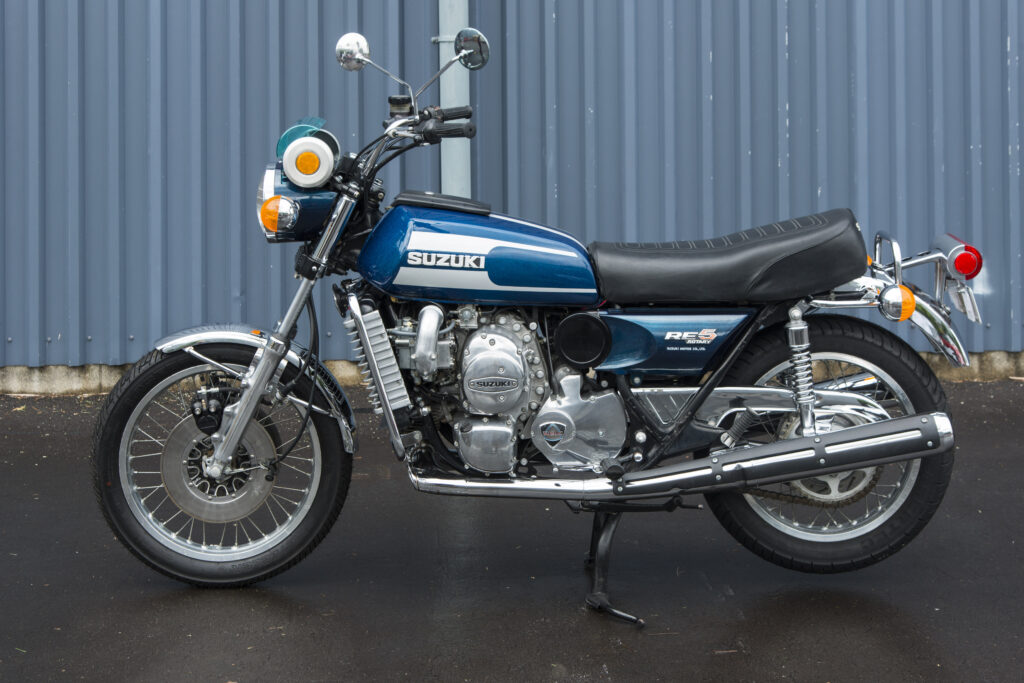
1975 Suzuki RE5
Suzuki had high hopes for its RE5 Wankel-engined bike launched in 1975. It had started looking at the Wankel engine in the mid-60s and bought the licence to the concept in 1970.
Apparently all of the big four Japanese makers experimented with the design, Yamaha even showing a rotary-engined bike at a motor show in 1972. But Suzuki was the only one of the big four to go into production. Like many others at the time, Suzuki believed that the light, compact, free-revving Wankel design would consign piston engines — with their complex, multiple, whirring valves and pistons, which (can you believe it?) had to reverse direction all the time — to history.
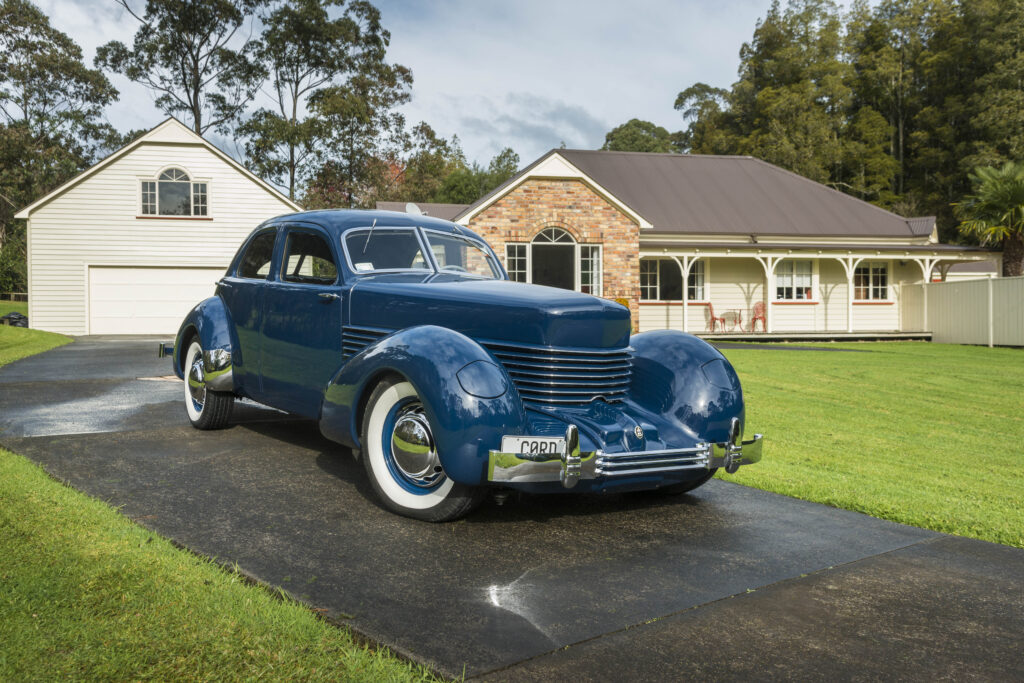
Design accord
You can’t get much more of an art deco car than a Cord — so much so that new owners, Paul McCarthy and his wife, Sarah Selwood, went ahead and took their Beverly 812 to Napier’s Art Deco Festival this year, even though the festival itself had been cancelled.
“We took delivery of the vehicle 12 days before heading off to Napier. We still drove it all around at the festival,” says Paul.
The utterly distinctive chrome grille wrapping around the Cord’s famous coffin-shaped nose, and the pure, clean lines of the front wing wheel arches, thanks to its retractable headlamps, are the essence of deco. This model, the Beverly, has the finishing touch of the bustle boot that is missing from the Westchester saloon.

